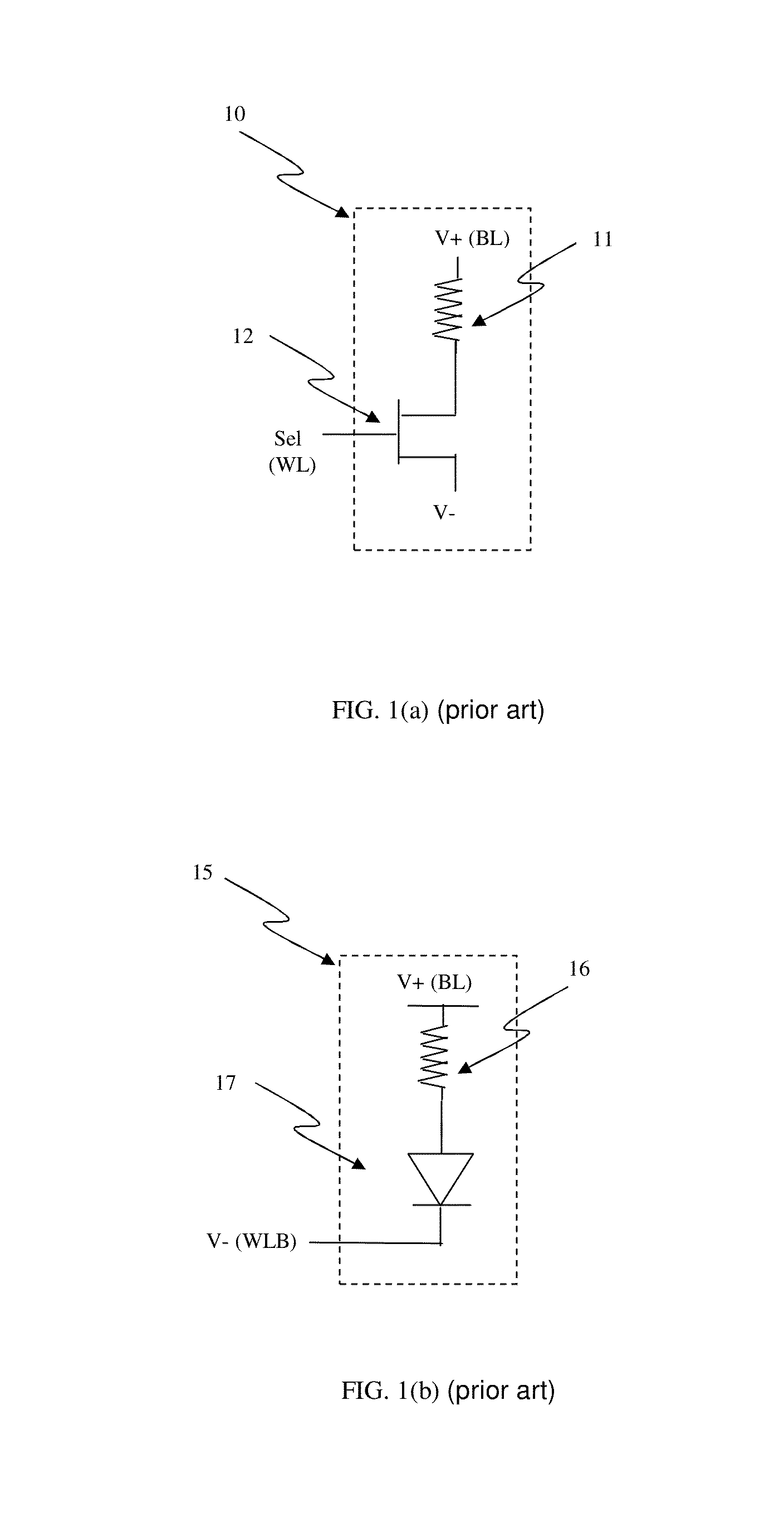Circuit and system for testing a one-time programmable (OTP) memory
a one-time programmable and memory technology, applied in the field of circuits and systems for testing one-time programmable memory, can solve the problems of inability to read non-virgin states, inability to store virgin states, and large cell size of electrical fuse using silicided polysilicon
- Summary
- Abstract
- Description
- Claims
- Application Information
AI Technical Summary
Benefits of technology
Problems solved by technology
Method used
Image
Examples
Embodiment Construction
[0030]Embodiments of the invention relates to effective circuit and system designs for testing a one-time-programmable (OTP) memory.
[0031]Embodiments disclosed herein use innovative methods to test an OTP memory thoroughly. An entire OTP memory can be read in an initial pass to test if all virgin cells can be read as virgin states. Any defects in the OTP elements or program selectors can be detected in the virgin states. But the non-virgin states can still not to be tested. At least one extra OTP cell can be provided as a sample to test programming. After this bit is programmed, reading alternatively between the virgin cells in the memory and the extra bit can generate a pseudo-checkerboard pattern. Reading data in checkerboard pattern can test more defects in the memory cells, because the conditions the cells and peripheral circuit generated in the previous tests can be destroyed so that the memory under test can be more observable. But the shorts between two rows or two columns ca...
PUM
 Login to View More
Login to View More Abstract
Description
Claims
Application Information
 Login to View More
Login to View More - R&D
- Intellectual Property
- Life Sciences
- Materials
- Tech Scout
- Unparalleled Data Quality
- Higher Quality Content
- 60% Fewer Hallucinations
Browse by: Latest US Patents, China's latest patents, Technical Efficacy Thesaurus, Application Domain, Technology Topic, Popular Technical Reports.
© 2025 PatSnap. All rights reserved.Legal|Privacy policy|Modern Slavery Act Transparency Statement|Sitemap|About US| Contact US: help@patsnap.com



